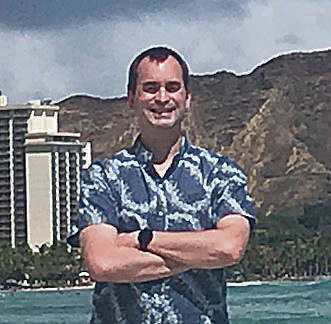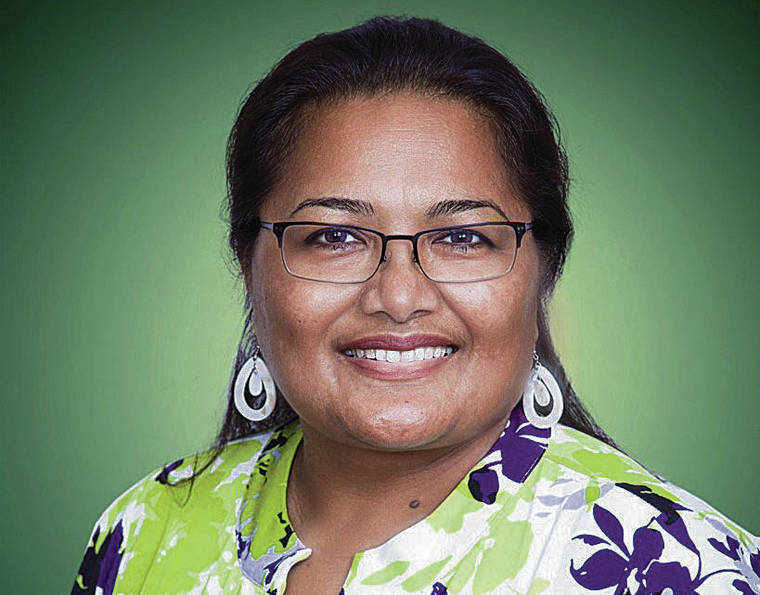Micronesians are citizens of some of the most strategically important nations on Earth, whose friendship is essential to the national security of the United States, not needy people looking for a handout.
Ask most people in Hawaii why so many Micronesians have come to Hawaii, and they cite U.S. nuclear testing that left serious health issues among the local people, many of whom seek medical treatment here. That’s only a small part of the story.
The real story begins with a look at their geography. The three nations with Compacts of Free Association (COFA) with the United States — the Republic of Palau, the Republic of the Marshall Islands (RMI), and the Federated States of Micronesia (FSM) have small populations, economies and land sizes, but they stretch over 2 million square miles of ocean. That’s larger than the land area of India.
What’s more, those swaths of ocean are incredibly strategic. They lie directly on the way from the United States to Asia and Australia. Whoever controls those waters controls American access to the entire Indo-Pacific region. Indeed, during World War II, the United States suffered thousands of casualties conquering these very islands from Japan in the Gilbert and Marshalls Campaign and the Mariana and Palau Campaigns. In February 1944, one of the most important naval battles of the war, Operation Hailstone, took place in Truk Lagoon, FSM.
When the war ended, they became trust territories of the United States. The U.S. granted them independence in the 1980s and 90s, but first signed the COFA agreements with them. COFA allows the US to establish bases and to access the territorial waters of these nations and — importantly — to exclude other nations from them. Kwajalein, RMI, hosts the Reagan Test Site, a cornerstone of American missile defense capabilities.
If the U.S. abandoned COFA tomorrow, the Chinese would immediately move in. That would strike a devastating blow to the U.S. ability to guarantee the security of its Indo-Pacific allies and trade through the world’s busiest shipping lanes. Already, a bipartisan consensus agrees that China’s military buildup is the top threat to the region and to the world.
Due to the strategic importance of the COFA nations, the U.S. extended their citizens the right to live and work here. That’s an incredible deal. Even citizens of America’s oldest and closest allies, like the U.K. and Canada, still need visas to work and live here.
Once they do come, COFA community members are a critical labor source. They pay taxes, but are denied many safety net benefits. Like previous waves of immigrants, they do unglamorous work for low wages, powering fields like elder care and food service. Like previous waves of immigrants, it takes a lot of resources and education to teach them the skills needed to succeed in today’s workforce. And like previous waves of immigrants, they and their children will grow up to become such integral members of our community that we won’t be able to imagine a Hawaii without them.
It just takes a little aloha to bring justice to Hawaii’s relationship with our neighbor-migrants. That includes providing equal access to health care, especially now, as coronavirus has impacted the COFA community far more than other groups; ensuring meaningful inclusion and language access in schools and workplaces; and promoting the inclusion of COFA residents in government. If we can truly welcome workers and students from Micronesia, Palau and the Marshall Islands, and give them a chance to fully participate in our community, Hawaii has even more to gain.
Josie Howard, a native of Onoun Island, FSM, is program director for We Are Oceania, which works to centralize support systems for Micronesians here; Michael Walsh, president of the Islands Society, works with Pacific affairs groups; Keoni Williams is a law student of Chuukese heritage who has worked for the Hawaii Legislature and nonpartisan Pacific Forum. The views expressed here are their own.






